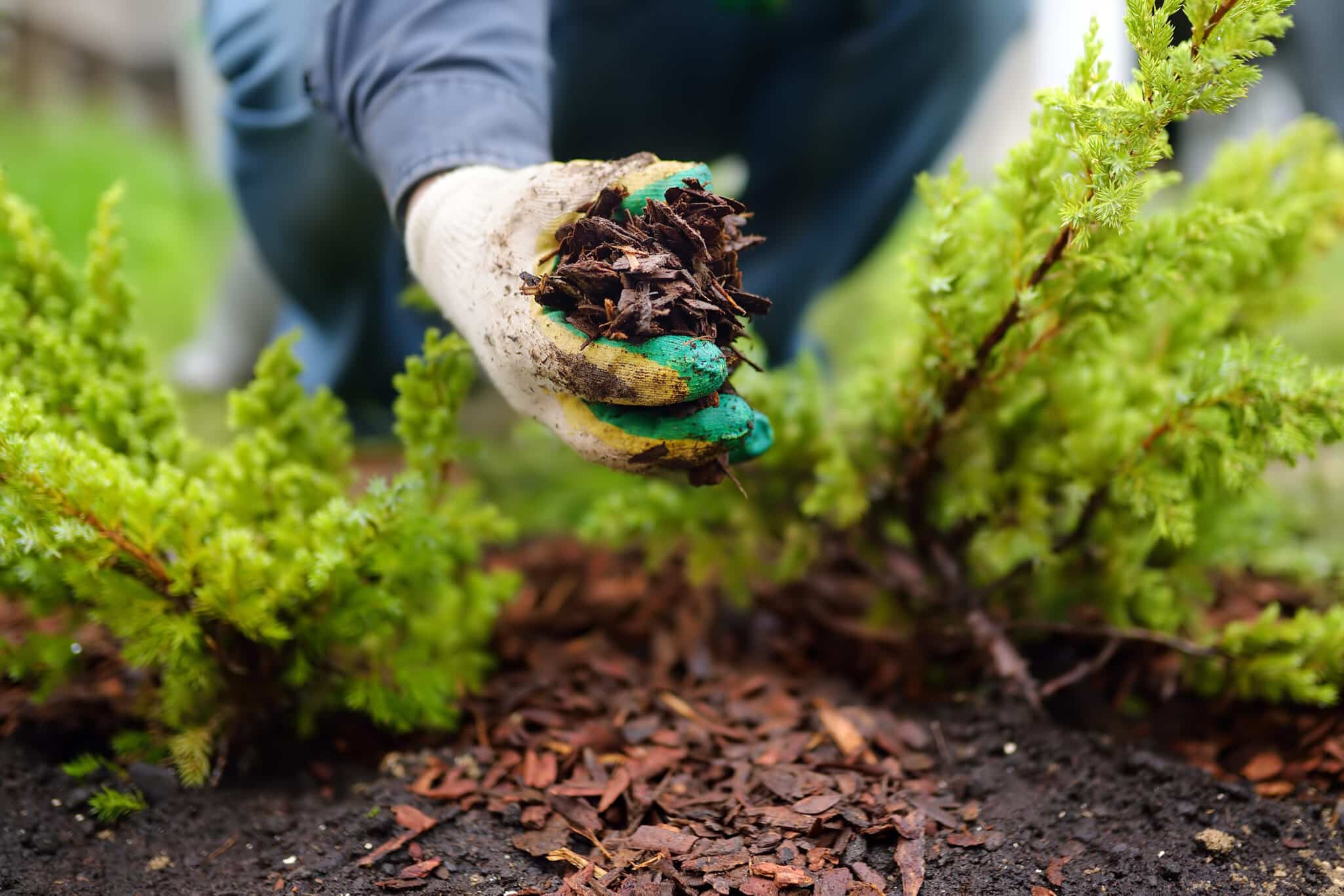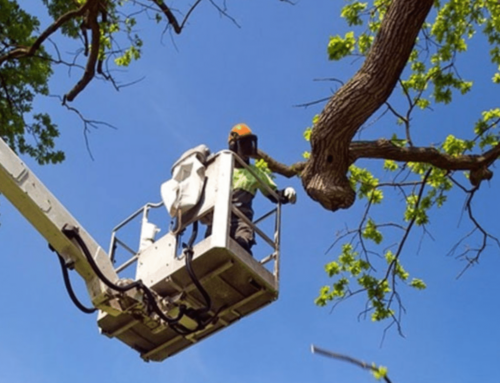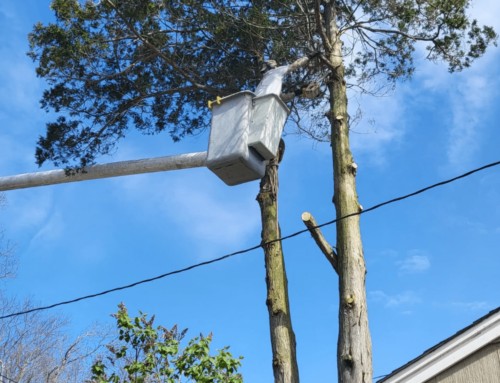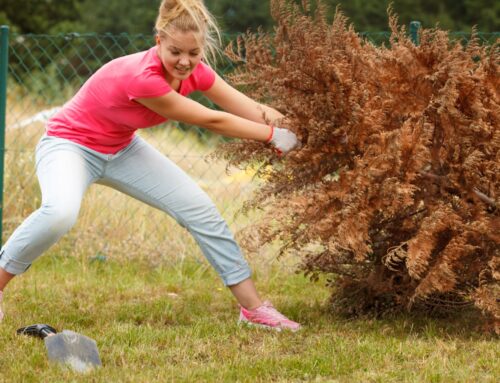Mulching is a gardening practice that involves spreading a layer of organic or inorganic material over the soil around plants. This layer can provide a range of benefits, including helping to retain moisture, suppressing weeds, and regulating soil temperature. In this article, we will explore the different types of mulch, the benefits of mulching, and how to mulch effectively.
Types of Mulch
Mulch can be made from a variety of materials, including organic and inorganic substances. Some of the most common types of mulch include:
- Organic mulch: Organic mulch is made from natural materials such as leaves, grass clippings, wood chips, and straw. This type of mulch breaks down over time, providing nutrients to the soil and improving its structure. Organic mulch can also help to suppress weeds and retain moisture.
- Inorganic mulch: Inorganic mulch is made from non-natural materials such as plastic or rubber. This type of mulch does not break down and can last for many years. Inorganic mulch is often used in areas where erosion is a problem or where organic mulch is not practical.
- Living mulch: Living mulch is made up of low-growing plants that are planted between the main plants. This type of mulch can help to suppress weeds, retain moisture, and provide nutrients to the soil.
Benefits of Mulching
Mulching can provide a range of benefits for your garden or landscape, including:
- Moisture retention: Mulch helps to retain moisture in the soil by slowing down evaporation. This can help to reduce the amount of watering that is required, especially in hot and dry climates.
- Weed suppression: Mulch can help to suppress weeds by preventing them from getting the light they need to grow. This can reduce the amount of time and effort required to weed your garden.
- Temperature regulation: Mulch can help to regulate soil temperature by insulating the soil against extreme temperature changes. This can help to protect plants from heat stress and frost damage.
- Soil improvement: Organic mulch can help to improve the structure and fertility of the soil by adding nutrients as it breaks down. This can help to promote healthy plant growth and improve the overall health of the soil.
- Erosion control: Mulch can help to prevent erosion by reducing the impact of rainfall on the soil. This can be particularly important in areas with steep slopes or heavy rainfall.
How to Mulch Effectively
Mulching can be a simple and effective way to improve the health of your garden or landscape. Here are some tips for mulching effectively:
- Choose the right type of mulch: Choose a mulch that is appropriate for your soil type and climate. Organic mulch is generally best for improving soil fertility, while inorganic mulch is best for areas with heavy erosion.
- Prepare the soil: Before mulching, make sure to remove any weeds or debris from the soil. This will help to ensure that the mulch is applied evenly and does not become tangled in the weeds.
- Apply a thick layer of mulch: Apply a layer of mulch that is at least 2-3 inches thick. This will help to retain moisture and suppress weeds.
- Keep the mulch away from plant stems: Make sure to keep the mulch a few inches away from the stems of plants. This will help to prevent the mulch from trapping moisture against the stems, which can promote disease.
- Reapply mulch as needed: Mulch will break down over time, so it is important to reapply it as needed. Generally, it is a good idea to add a new layer of mulch every year to maintain its effectiveness.
In conclusion, mulching is a simple and effective process that has several benefits for your home.






